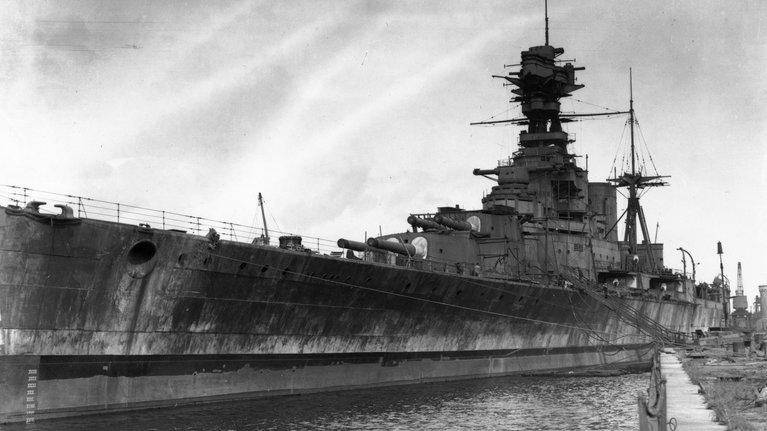Clydebank ceremony for centenary of HMS Hood construction
- Published
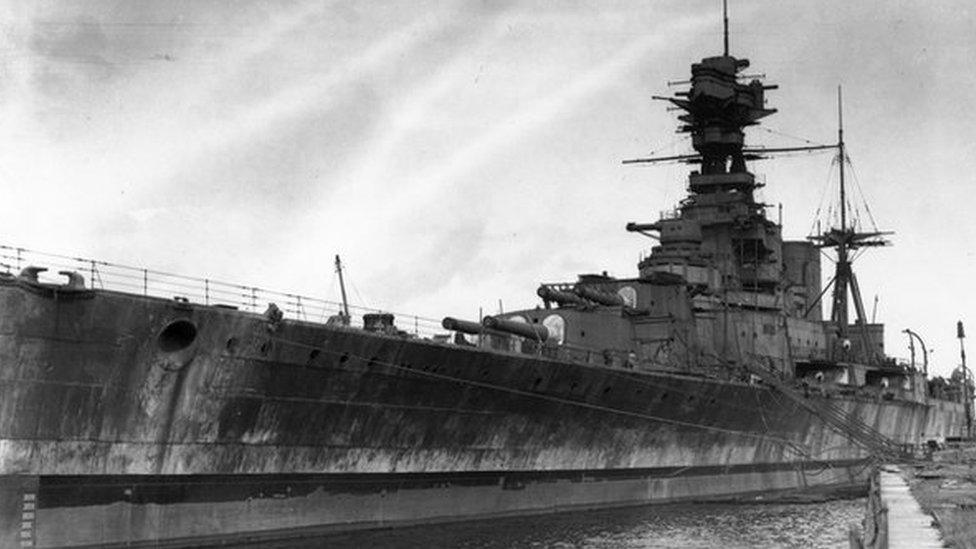
HMS Hood was sunk by the battleship Bismarck in the North Atlantic
A ceremony has been held in Clydebank to mark 100 years since construction began on one of the Royal Navy's largest ships of the 20th Century.
The laying of the keel for HMS Hood got under way at John Brown Shipyard in Clydebank on 1 September 1916.
Known as The Mighty Hood, the ship was the pride of the Royal Navy. It was sunk by the German Battleship Bismarck in the Denmark Strait on 24 May 1941.
There were only three survivors from the 1,418 crew on board.
The event commemorating the laying of the keel - formal recognition of the start of construction - was been organised by the HMS Hood Association and held at West College Scotland in Clydebank.
Veteran sailors
Representatives of the association attended, along with officers of the Royal Navy.
Family members of those involved in the ship's final action also attended, along with two sailors who served on the Hood before the outbreak of World War Two in 1939.
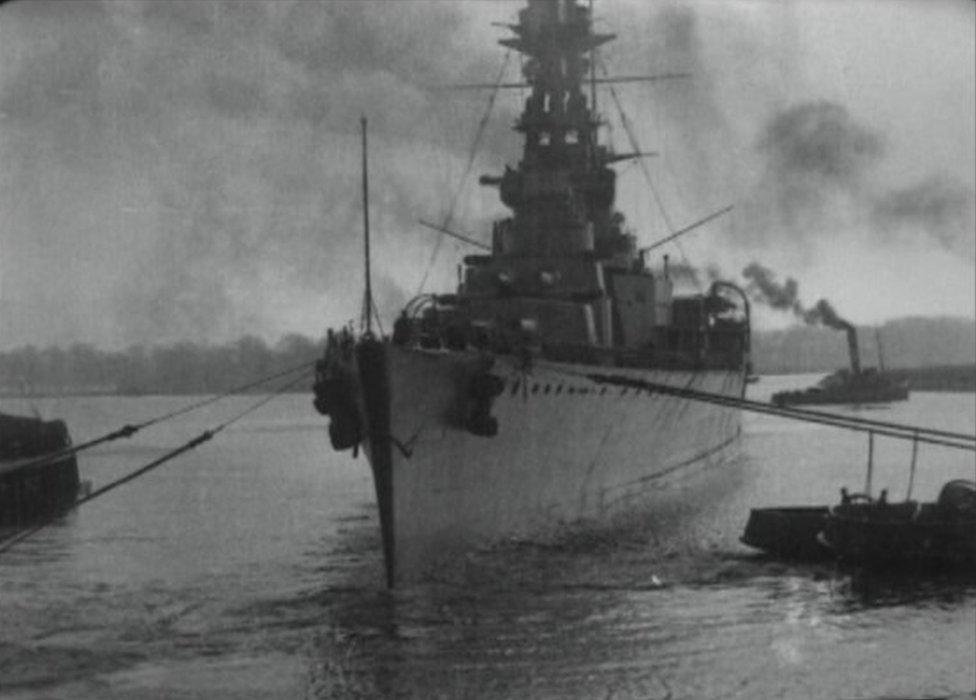
HMS Hood being launched on the River Clyde
HMS Hood was the final battlecruiser built for the Royal Navy.
Battlecruisers were similar in size and offensive capability to battleships but usually carried less armour so they could reach higher speeds.
HMS Hood was struck near its ammunition magazines which subsequently exploded, causing the ship to sink.
The sinking was the worst loss of life from a single British warship.
It sparked a huge Royal Navy pursuit of the Bismarck, which was destroyed three days later. The German death toll was more than 2,000.
- Published24 May 2016
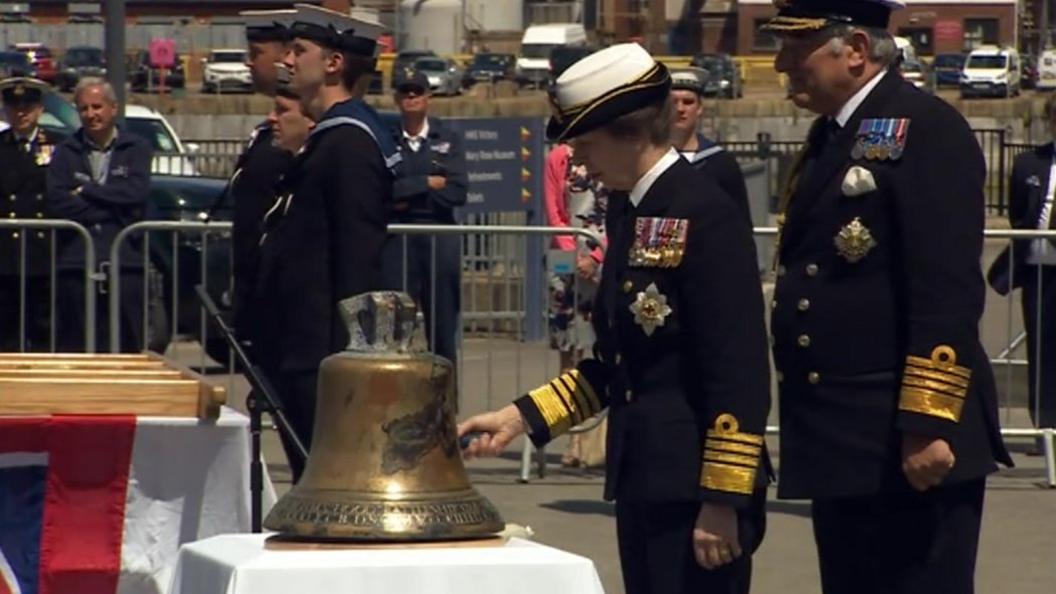
- Published10 August 2015
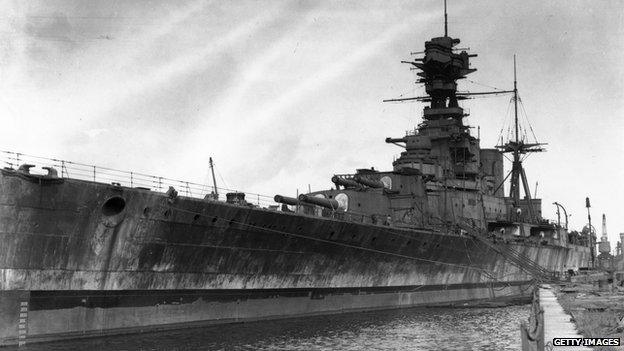
- Published30 July 2012
